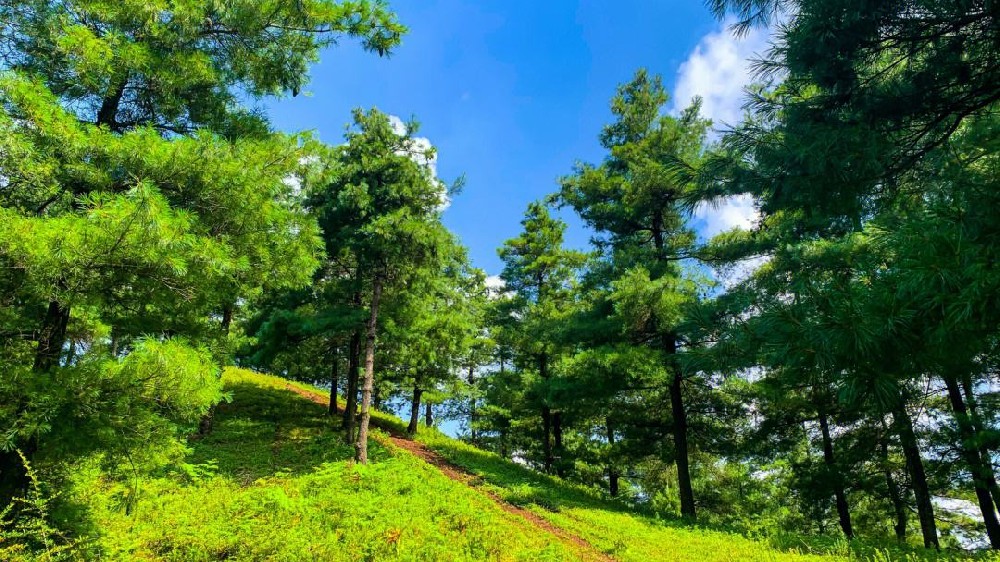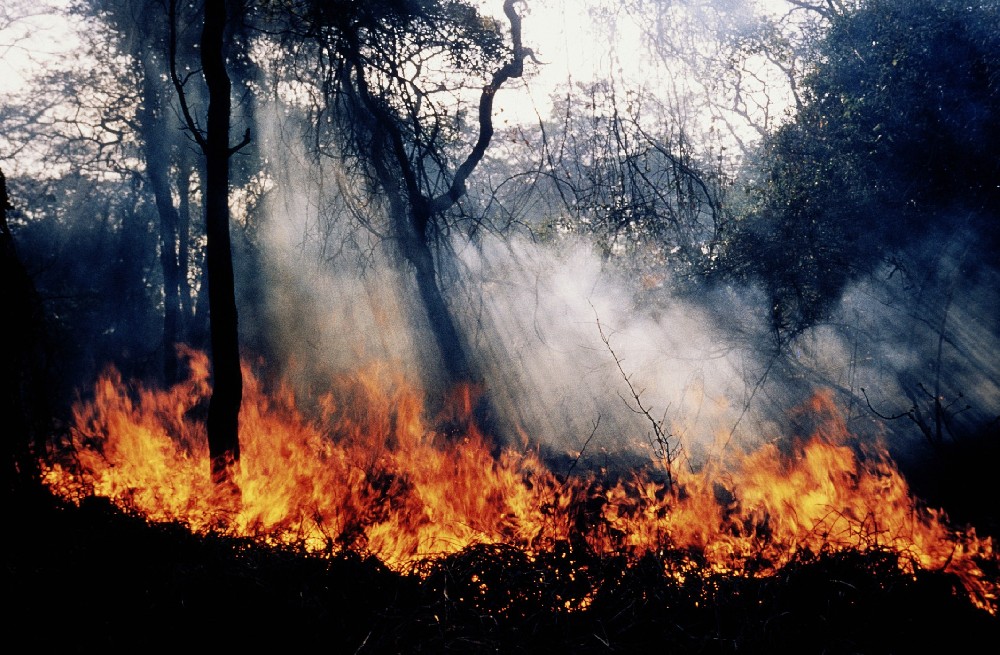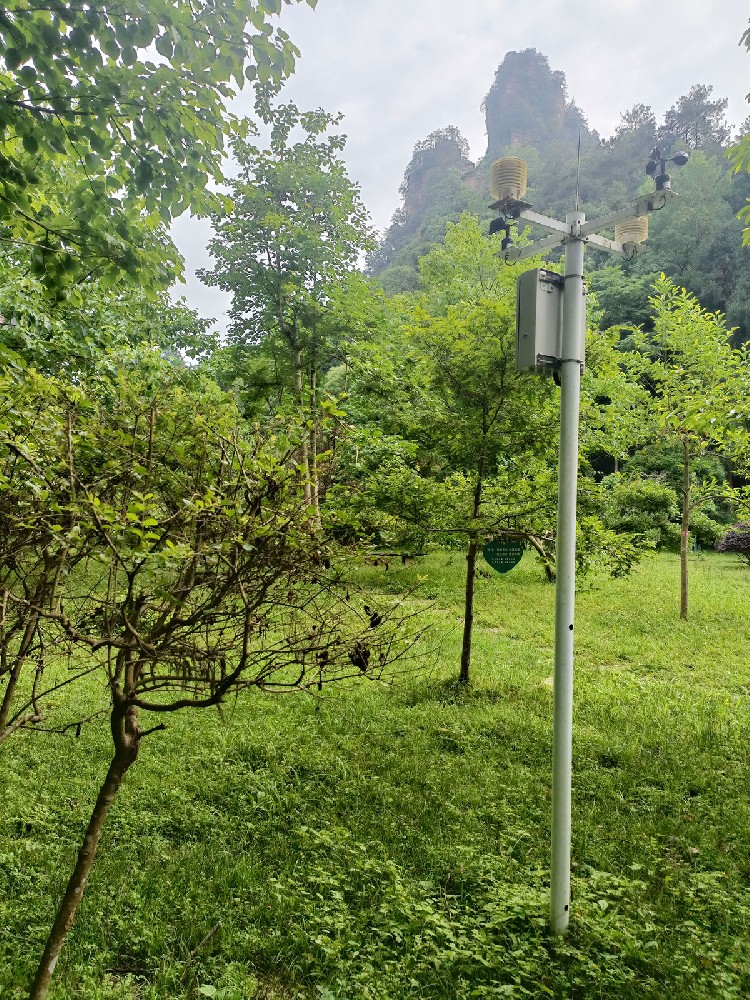

— Blogs —
—Products—
 Consumer hotline +8618073152920
Consumer hotline +8618073152920 WhatsApp:+8615367865107
Address:Room 102, District D, Houhu Industrial Park, Yuelu District, Changsha City, Hunan Province, China
Product knowledge
Time:2025-11-01 14:58:58 Popularity:179
A forest fire meteorological station is an automated device specifically designed to monitor forest environmental meteorological parameters and assess fire risk levels.
It integrates multiple sensors, communication modules, and data analysis algorithms to provide real-time monitoring, automatic calculation, and intelligent alerts for forest fire hazards.
Niubol forest fire meteorological stations are widely used in forestry fire control centers, nature reserves, ecological monitoring stations, and energy forest bases. They help managers detect potential fire risks at an early stage, effectively reducing fire hazards and losses.

A complete forest fire meteorological station typically includes the following core sensor modules:
Air Temperature and Humidity Sensors: Evaluate environmental dryness, which is a critical factor for calculating fire risk indices.
Wind Speed and Direction Sensors: Wind is a key factor in fire spread; real-time monitoring helps assess changing fire risk levels.
Rainfall Sensors: Rainfall directly affects moisture in combustible forest materials, influencing fire risk.
Solar Radiation Sensors: Higher radiation dries forest understory vegetation faster, increasing fire risk.
Combustible Material Moisture Monitoring Module (Optional): Measures moisture content of leaves or dry branches to provide critical supplementary data for fire risk assessment.
Additional optional sensors such as air pressure, visibility, and soil temperature/humidity can be added for comprehensive ecological fire monitoring.
Niubol forest fire stations collect real-time meteorological data via multi-channel sensors and automatically upload it to a cloud platform. The system includes a fire risk index algorithm that dynamically calculates forest fire levels based on air temperature, humidity, wind speed, rainfall, solar radiation, and other key factors.
Low risk
Slightly low risk
Moderate risk
High risk
Very high risk
When environmental conditions reach predefined thresholds, the system automatically triggers alerts via SMS, email, or the cloud platform, enabling managers to take timely preventive actions.

The price of a forest fire meteorological station is not fixed and depends on several factors:
Basic configuration includes temperature, humidity, wind speed/direction, and rainfall.
Additional modules such as solar radiation, combustible material moisture, or visibility increase cost.
Larger forest areas require multiple stations to form a grid monitoring system.
Bulk purchases often receive per-unit discounts.
4G, LoRa, satellite communication, or solar power systems affect overall budget.
Cloud platform access, fire risk algorithm licenses, and customized software interfaces can adjust pricing.
Standard Niubol forest fire station: ~15,000–40,000 RMB per unit
Large-scale project systems with multiple stations, platform integration, and alert modules: priced based on custom solutions
With global warming and frequent extreme weather events, forest fire prevention has become increasingly challenging.
Traditional manual patrols are slow, costly, and limited in coverage.
Real-time fire risk monitoring and early warning
Over 80% reduction in manual patrol costs
Average response time to warnings reduced by over 40%
Long-term meteorological data supports scientific fire management decisions
Forest fire meteorological stations are increasingly becoming the “technological sentinels” of forestry departments and nature reserves.

The Niubol forest fire meteorological station system consists of five layers:
Sensing Layer: Multi-parameter sensors collect real-time environmental data.
Acquisition Layer: Data loggers integrate and locally cache signals.
Transmission Layer: Data uploaded via 4G, LoRa, or satellite communication.
Analysis Layer: Cloud-based fire risk algorithms calculate fire indices.
Management Layer: Platform visualizes fire risk maps, alerts, and trends.
The system supports Modbus RTU/TCP, MQTT, and other standard protocols for seamless integration with third-party IoT platforms.

Niubol has over a decade of experience in meteorological and IoT equipment manufacturing, with multiple national metrology and quality certifications.
The accuracy of the fire risk algorithm and data processing capability determine system reliability.
Prioritize manufacturers offering remote debugging, regular calibration, and technical training.

A: Depends on forest area and terrain; generally, one station per 50–100 km². For mountainous or high-risk areas, denser deployment is recommended.
A: Typically via solar panels with lithium batteries, supporting continuous operation for 5–7 days of cloudy or rainy conditions.
A: Yes, the Niubol cloud platform allows real-time access via web and mobile applications to view fire risk levels and historical data.
A: Yes, standard data interfaces support integration with government meteorology and fire prevention systems.
Niubol provides reliable and intelligent meteorological and environmental monitoring solutions, covering agriculture, forestry, ecology, and energy sectors.
We offer full lifecycle technical support, including solution design, equipment installation, remote commissioning, platform customization, and operation training.
At Niubol, we believe intelligent monitoring does not replace humans but makes fire prevention smarter and more efficient.
Every station is a “technological sentinel” safeguarding green forests.
To learn more about forest fire meteorological station solutions:
Email: sales@niubol.com
Website: www.niubol.com
Tel/WhatsApp: +86 15367865107
Related recommendations
Sensors & Weather Stations Catalog
Agriculture Sensors and Weather Stations Catalog-NiuBoL.pdf
Weather Stations Catalog-NiuBoL.pdf
Related products
 Combined air temperature and relative humidity sensor
Combined air temperature and relative humidity sensor Soil Moisture Temperature sensor for irrigation
Soil Moisture Temperature sensor for irrigation Soil pH sensor RS485 soil Testing instrument soil ph meter for agriculture
Soil pH sensor RS485 soil Testing instrument soil ph meter for agriculture Wind Speed sensor Output Modbus/RS485/Analog/0-5V/4-20mA
Wind Speed sensor Output Modbus/RS485/Analog/0-5V/4-20mA Tipping bucket rain gauge for weather monitoring auto rainfall sensor RS485/Outdoor/stainless steel
Tipping bucket rain gauge for weather monitoring auto rainfall sensor RS485/Outdoor/stainless steel Pyranometer Solar Radiation Sensor 4-20mA/RS485
Pyranometer Solar Radiation Sensor 4-20mA/RS485
Screenshot, WhatsApp to identify the QR code
WhatsApp number:+8615367865107
(Click on WhatsApp to copy and add friends)
